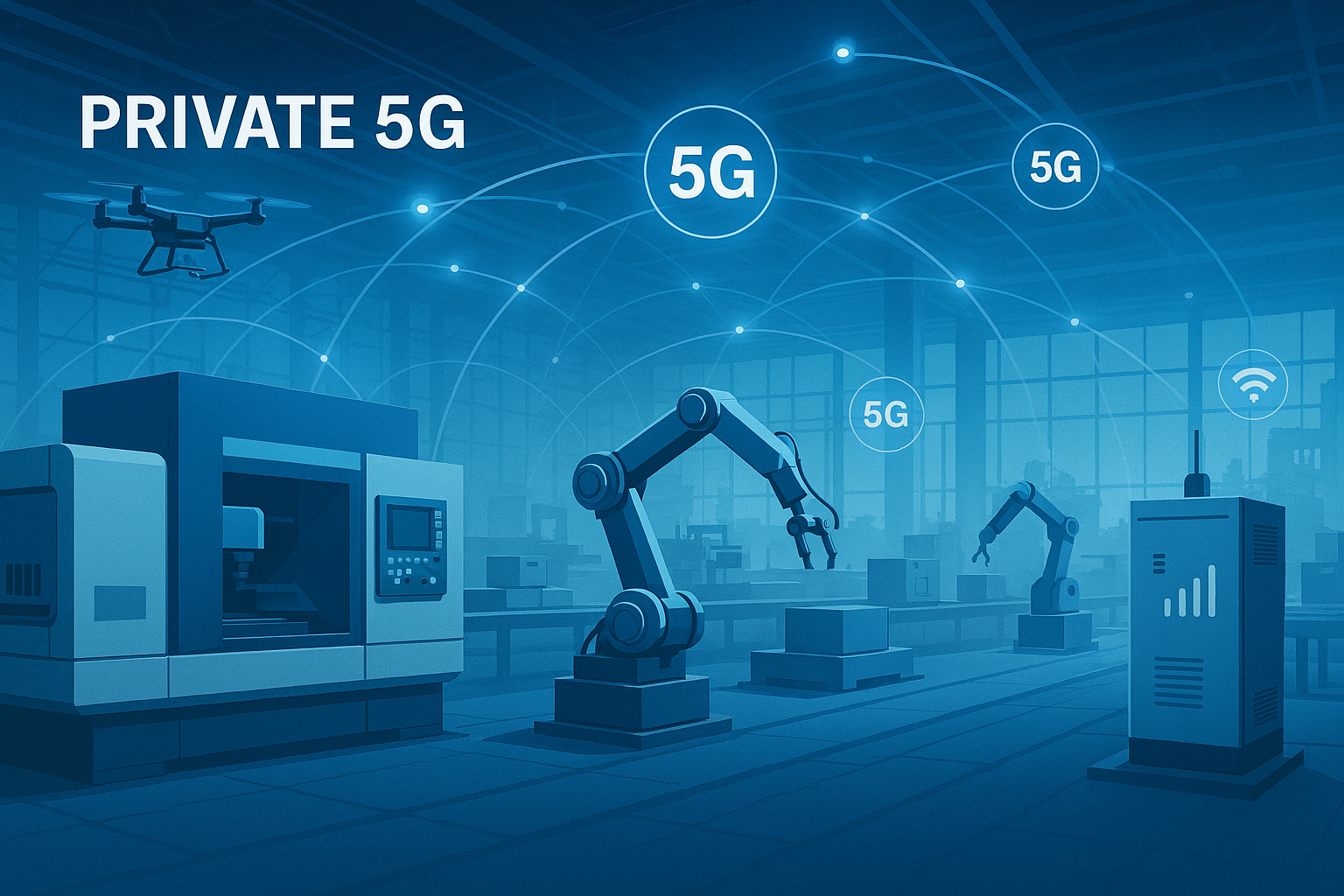Cerabyte, a start-up focused on advancing ceramic-based long-term archival storage solutions, announced its expansion into the United States with its unique, accessible permanent data storage technology.
This technology utilizes cost-efficient flexible glass material and offers fast write/read capabilities with high storage capacity.
Key Highlights:
- Technology & Benefits: Cerabyte’s solution can store data indefinitely, significantly reducing data center storage costs (TCO). Its media longevity and rapid access solve long-term archival storage challenges, eliminating the need for periodic data migration.
- Energy Efficiency: Cerabyte’s energy-efficient mass storage solution has the potential to fill a critical gap in the storage hierarchy, addressing the heavy energy consumption of current data centers.
- Scalability & Sustainability: In the announcement, Cerabyte CEO Christian Pflaum highlighted Cerabyte’s vision to reduce storage costs to $1 per petabyte per month within two decades, addressing the scalability and economic demands of data centers amid exponential data growth.
Industry Impact:
- By 2025, archival/cold data will become the largest storage category, reaching 4.5 to 6 zettabytes. Cerabyte’s technology promises to meet these storage needs with a zero-power footprint and resistance to bit rot under extreme conditions.
- The company’s technology roadmap leverages semiconductor fabrication tools for data storage, using high-volume display glass for ceramic-on-glass sheets, and integrating with existing library automation.
Who is Cerabyte?
Cerabyte is a German startup founded in 2022 pioneering a novel approach to secondary and archival data storage. The company’s primary goal is to provide an economical, long-lasting, and scalable storage solution to address the growing global data storage demands:
Technology:
- Grey Ceramic Technology: Cerabyte’s core innovation involves using lasers to etch binary data onto glass plates coated with a thin ceramic layer. This ceramic nano-layer is only 500 to 100 atoms thick.
- Ceramic Nano Memory: The technology uses ultra-short laser pulses in combination with digital mirror devices (DMD) to generate a laser beam matrix, which permanently ablates the ceramic nano-layer, writing up to 2 million bits per pulse. This method allows for future writing speeds of over 1 GB/s with minimal power consumption.
- Durability: The storage medium is highly resistant to environmental hazards, including fire, water, and electrical surges, with an expected lifespan exceeding 1,000 years.
Applications:
- Cerabyte’s technology is designed for write-once, read-many (WORM) and write-once, read-seldom (WORSe) scenarios. It targets various industries such as banking, insurance, media and entertainment, healthcare, science, business, government, and consumer markets.
Economic Vision:
- The company aims to drastically reduce storage costs to $1 per petabyte per month within the next two decades, which would represent a cost reduction of 1000x compared to current standards.
Cerabyte’s Technology
Cerabyte’s advanced data storage technology utilizes lasers to etch binary data onto glass plates coated with a thin layer of ceramic.
Here are the key components and processes involved in their technology:
Ceramic Nano Memory Technology:
- Writing Process: This involves using ultra-short laser pulses combined with digital mirror devices (DMD), commonly found in video projectors and head-up displays. The laser-DMD combination creates a laser beam matrix that permanently ablates the ceramic nano-layer, writing up to 2 million bits per pulse in parallel at high repetition rates. This allows for future writing speeds of over 1 GB/s with less than 1 watt of average power consumption, making it significantly faster and more energy-efficient compared to current HDD and LTO tape technologies.
Reading Process:
- The same optics used for writing is paired with a high-resolution image sensor capable of reading more than 500 frames per second. The piezo-driven write/read head scanning the data enables random access.
Durability:
- The glass-ceramic plates are designed to be highly resistant to environmental threats such as floods, fires (up to 930 degrees Fahrenheit), and electrical surges. This robustness translates into an expected lifespan of over 1,000 years, far surpassing the durability of HDDs and magnetic tapes.
System Design:
- The ceramic-coated storage medium is stacked into cartridges. Robotics are used to move these cartridges within a library system, similar to how current tape libraries operate. This design is intended for applications that require write-once, read-many (WORM) and write-once, read-seldom (WORSe) capabilities.
Cost and Efficiency:
- Cerabyte expects to achieve a dramatic cost reduction, targeting $1 per petabyte per month within the next two decades. This cost-efficiency, combined with the technology’s long lifespan and high data density, positions Cerabyte as an attractive and viable solution for very long-term data storage needs.
Development and Roadmap:
- As of now, Cerabyte has built a demonstration system featuring a single write and read head unit, and proving the overall functionality to write, store and read
- The first systems achieving 100 MB/s read and write speeds and 1PB storage capacity per rack are planned to be released by 2025. The company plans to release its first enterprise systems by 2027, capable of writing and reading at 500 MB/s with 5 PB per rack and aims to develop even larger systems for cloud data centers by the following year.
- By the end of the decade, Cerabyte envisions systems that can move data at 2 GB/s with capacities up to 100 PB per industry-standard rack.
Analysis
Archiving data for even the half-dozen decades that digital data has existed is a significant challenge that the tech industry hasn’t solved. Most archived data today lives on magnetic tape or optical storage, and neither is durable over long horizons.
Tape degrades over time, needing to be refreshed (“resilvered”). Even optical storage fails to reliably store bits over the long-haul, lasting longer than magnetic tape, but still degrading over decades.
While this may work for enterprises that consider data retention over short horizons, there are classes of data that we want to last for as long as humanity exists. Most content today is digital, and that causes a real challenge for archivists across governments, universities, research facilities, libraries, and the like who are tasked with maintaining data in perpetuity.
Two broad approaches are emerging to solve the problem of very long-term data archiving: DNA storage and glass. Glass-based solutions, including Cerabyte’s ceramic-on-glass solution, are the most promising approach on the near horizon.
Cerabyte’s solution is the closest solution to being practically available. The company’s ceramic-based solution can store data with high data densities that can last for centuries. The challenge then becomes how to keep technology alive that can read the ceramic disks, but that’s a problem we can solve down the road.
Competitively, Microsoft has a research effort in this space, Project Silica, takes a very similar approach. Microsoft doesn’t use ceramic technology; instead, it etches data directly onto glass platters. Most critically, the company has never talked about commercializing the technology (that I can find), though that can change instantly.
Much of the industry is still betting on DNA storage to develop as a compelling solution to the long-term archive problem. However, even as fast as DNA technology is evolving, that’s still years away from being a practical solution. Cerabyte has a nice window of opportunity to move the market with its ceramic-based approach.
For Cerabyte to succeed in the data center, it needs to show that its technology is more efficient than better-established, industry-standard tape and optical solutions. That’s a complex challenge. We expect their early success will be found among hyperscalers and service providers, as businesses are really archiving data, trusting archives to Amazon S3 and the like. Beyond that, institutional archivists are an ideal market.
There’s no question we need such a solution, and archivists across institutions will do well to evaluate what Cerabyte is delivering, but this is a story that’ll unfold over years.





